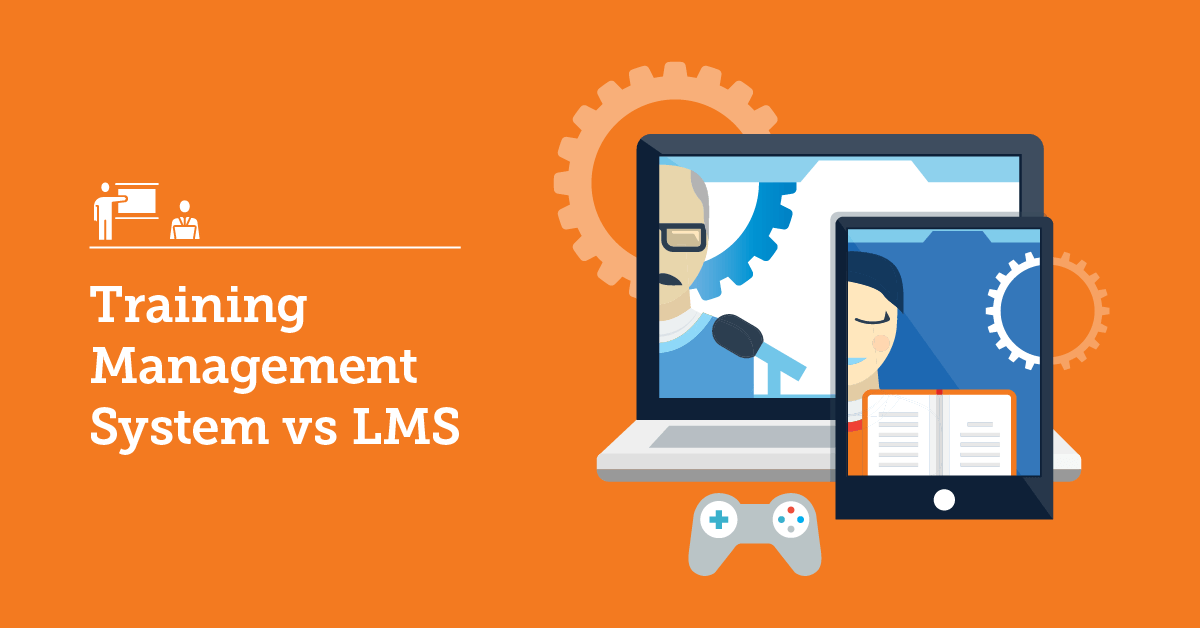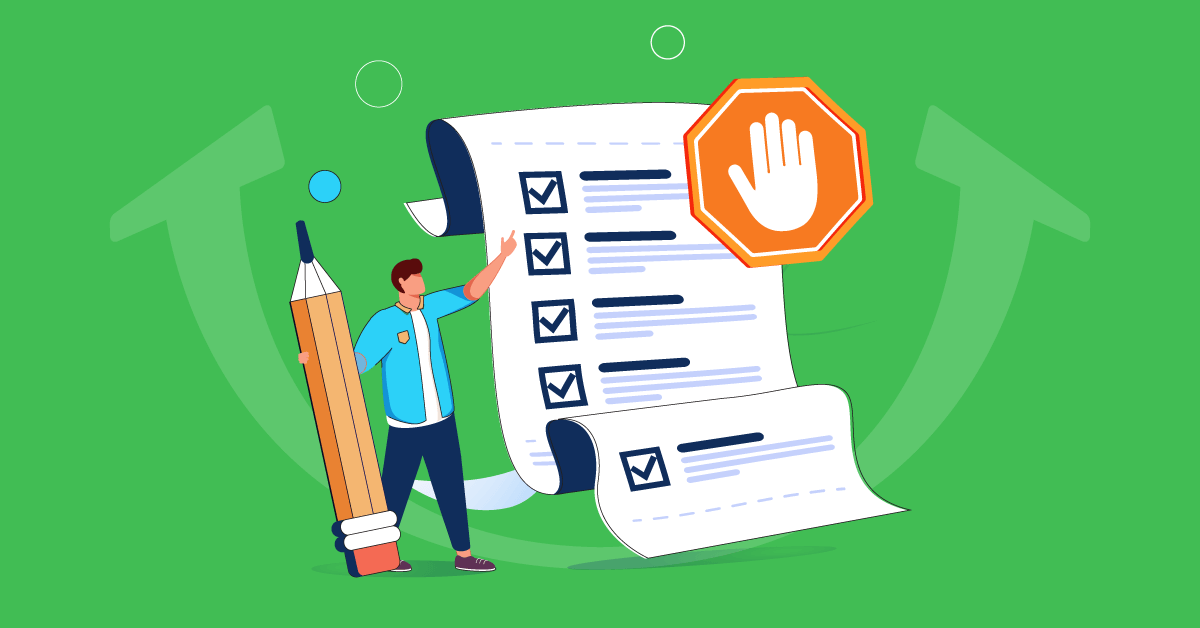You’ve heard about the many benefits of online learning, and you want to try it. The world today is digital, and it’s time your employee training is, too. Now all you need is the perfect software to help you create, deliver and track your courses. This is where you get stuck.
A quick Google search led you to something called a training management system, but your colleague suggested a TMS. Aren’t those the same thing? And what the heck is an LMS? Now, there’s a bunch of words and letters swirling around in your head, and you’re more confused than when you started.
You may not realise it, but you’ve already taken the first step in the right direction. You found this article, and we’re about to clear everything up. Let’s start with the definition of a Training Management System.
What is a training management system?
Think of a corporate training management system (or TMS) as a tool for the trainer. Its back-office functionality helps trainers to stay on top of all the administration and logistics that come before, during and after a classroom-based training session.
Depending on which TMS you choose, this software could be useful for online bookings, payments and registrations, sending emails and surveys to employees, and downloading basic training reports. If you think this sounds great, wait until you discover what an LMS can do!
What is a learning management system?
While a TMS is a tool for the trainer, a learning management system (or LMS) is a tool for everyone. You can use this software to create, deliver and track online learning, and then some! On the employee’s side, they benefit from a personalized learning experience that can be accessed anytime, anywhere.
Much like training management system software, an LMS can be used to communicate with learners and collect survey data. Unlike a TMS, learning management system software usually comes with impressive reporting that allows you to track training progress, completion, quiz performance and more – in real time.
LMS vs Training Management System: Which one do you need?
By now you’re clear on the training management system and learning management system definitions. The next question is, which one is best for your staff training needs? Let’s weigh up the options.
When to choose a TMS
This software is built for back-office training staff, like administrators, managers and HR. So, its main benefit is that it allows them to assign instructors and training locations, schedule workshop dates, record logistics (think travel, catering and training resources), process orders and invoices, and track sales.
In short, a TMS is excellent for streamlining traditional classroom-based ILT sessions. For example, if you offer instructor-led training workshops and programs to corporates, or even the public, then a TMS would be a convenient tool for you. You could use it to monitor sales, budgets and logistics weeks or months in advance.
When to choose an LMS
A learning management system is something special, because it provides an intuitive user experience on both back and front ends. Training staff can easily enroll users, upload and update content, create customized courses and learning paths, measure employees’ learning performance, and track course progress and completion.
Some of the best learning management system examples, like TalentLMS, also come with detailed real-time reporting, calendars and push notifications that make training administration a breeze. And that’s not all.
Employees get to access training on any device, anytime, anywhere. Plus, because an LMS comes with features that support microlearning, gamification and quizzes, the learning experience often feels more personalized and engaging. To top it all off, webinar functionality means that ILT sessions can be delivered online without the need for venues, travel, or catering.
This makes an LMS the perfect software for any company leveraging online or blended learning for their staff training.
Next Steps
Now you know the difference between a training management system and a learning management system. Your next step is to choose the one that’s best for the problem you’re trying to solve.
Do you offer (or want to offer) your employees online and/or blended learning? Do you need engaging courses that can be accessed by a large and dispersed workforce? Are you phasing out classroom-based training sessions?
If you answered yes to the above, then an LMS is for you! Still not sure? Here are 6 signs that you need an LMS.
| Tags: Employee Training



